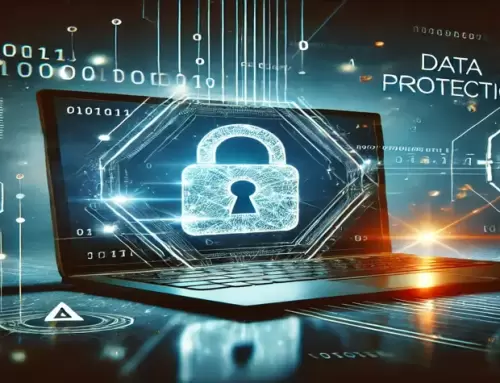
Going Green: How Technology Can Help You Reap the Benefits of Sustainability
Sustainability isn’t just a buzzword—it’s a smart business strategy. For small and midsize businesses (SMBs), going green can reduce operating costs, increase efficiency, and even boost employee wellness. According to the U.S. Department of Energy, energy-efficient systems can slash energy usage by up to 75%, and studies show green workplaces see 30% fewer sick days and increased productivity.
The best part? You don’t need to overhaul your entire office or invest in expensive green certifications to start seeing results. Here are seven practical ways technology can help your business go green—without going broke.


1. Upgrade to Energy-Efficient Hardware
One of the simplest ways to cut your carbon footprint is by switching to ENERGY STAR–certified devices. Energy-efficient laptops, monitors, servers, and smart power strips reduce electricity use without sacrificing performance.
-
ENERGY STAR computers use up to 25% less power than standard models.
-
Smart strips help eliminate “phantom” energy draw from idle devices.
-
Multifunction printers with energy-saving modes further reduce waste.
It’s a small change with big savings—both environmentally and financially.
2. Move to the Cloud
Cloud computing eliminates the need for physical servers and on-site infrastructure, reducing both energy use and maintenance costs.
-
Platforms like Microsoft Azure, Google Cloud, and AWS offer scalable, pay-as-you-go services.
-
Many providers power their data centers with renewable energy, making your digital footprint even greener.
Cloud-based systems also support remote work, further reducing your environmental impact.
3. Implement Green IT Practices
Going green with your IT setup doesn’t have to be complicated. Start with:
-
Virtualization: Run multiple virtual machines on a single physical server to cut energy use and hardware needs.
-
E-waste recycling: Recycle outdated equipment through certified programs that protect your data and prevent harmful materials from ending up in landfills.
Many IT providers can help set up recycling and device retirement programs for your business.
4. Use IoT to Optimize Energy Consumption
Smart devices powered by the Internet of Things (IoT) allow businesses to track and optimize energy use in real time.
-
Smart thermostats (like Nest) can save up to 12% on heating and 15% on cooling.
-
Motion-sensor lighting systems only activate when rooms are in use, eliminating wasted electricity.
IoT makes sustainability smarter—and easier.
5. Go Paperless
Ditching paper is one of the easiest ways to reduce waste.
-
Use cloud storage for documents.
-
Send digital invoices and use e-signature tools like DocuSign.
-
If you must print, opt for duplex printing and recycled paper.
Going paperless also improves document access, reduces clutter, and streamlines workflows.
6. Invest in Renewable Energy
Looking for long-term sustainability gains? Consider renewable energy solutions like:
-
Solar panels for office buildings or campuses.
-
Solar-powered charging stations for employee devices.
-
Tax incentives and rebates that help offset installation costs.
While the initial investment can be high, long-term savings and environmental impact make it worthwhile.
7. Promote Green Employee Habits
Technology can empower your team to work more sustainably:
-
Encourage remote work and virtual meetings via Teams or Zoom.
-
Set devices to sleep mode when idle.
-
Use gamification to reward eco-friendly behaviors like power conservation or biking to work.
Small cultural shifts lead to long-term impact—and can be fun, too.
Sustainability Is Smart Business
Going green doesn’t require a massive investment or a complete office overhaul. By leveraging everyday technologies—like cloud software, energy-efficient devices, and smart IoT tools—you can lower your energy bills, boost efficiency, and support a healthier workplace.
Want help identifying areas to improve your IT infrastructure and sustainability?
Schedule a FREE Network Assessment today, and we’ll show you how to reduce waste, save money, and prepare your business for a greener future.




